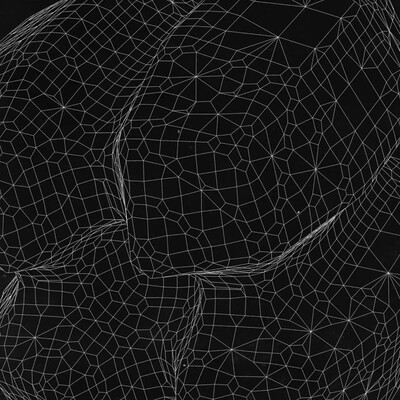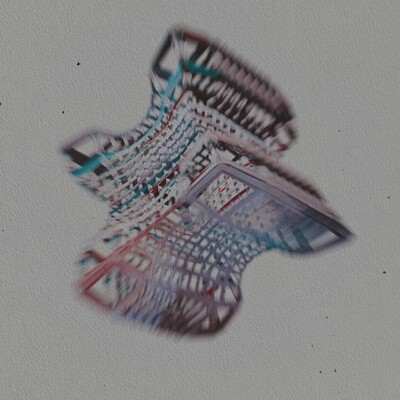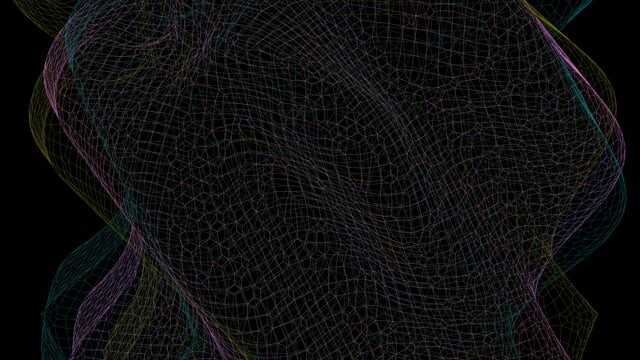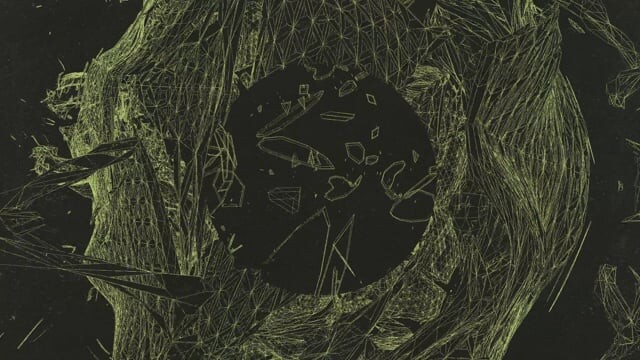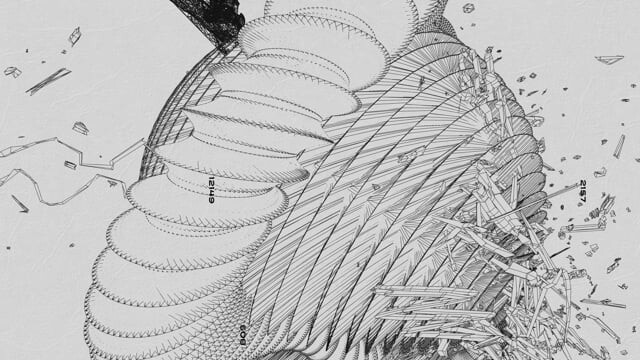March in ThonburiMarch in Thonburi is an experimental short, created over two years by Michael Paul Young. After relocating from Baltimore to Bangkok, Thailand, in 2007, Young sought to expose how the many sensory influences of his adopted country have affected him. The result, March in Thonburi, embodies a rich sensory journey through an urban cultural atmosphere from the perspective of a stranger in a strange land.
The visual genesis was a series of still images posted by Young throughout the early part of 2008 on Flickr and his own websites. During the ensuing two years, as various 3D renders were created, and video and audio recordings were captured, March in Thonburi evolved into motion. As Young continually expanded the piece throughout 2008 and 2009, each clip branched out from the next, as he immersed himself in the sights, sounds and smells of Thonburi-the Bangkok neighborhood that housed his studio. The final edit was shaped during the last three months of 2009, within the chaos surrounding Young as he became the sole owner/officer of his company YouWorkForThem, while preparing to move their studio to more rural environs.
With the visual edit complete in January of 2010, Young sent the then-silent piece to long time collaborator Michael Madill of Madsound. Utilizing the raw audio elements that Young and his associates had recorded on the streets of Thonburi, Madsound evolved these field recordings into a narrative under Young’s direction, pushing and shoving the viewer through the confusing, intriguing, sometimes frightening sensory environment of March in Thonburi.
Creative Director: Michael Paul Young (http://www.michaelpaulyoung.com)
Lead Designer: Michael Paul Young
Assistant Designer: Jackkrit Anantakul
Editors: Michael Paul Young, Jackkrit Anantakul
Soundtrack: Madsound (http://www.madsound.org)2019-10-18 09:37:59 

How do we hear?When sound waves enter our ears, they travel through the ear canal into the ear drum. It is then, that the ear drum vibrates from these musical sound waves and sends vibrations into our middle ears. The tiny bones then amplify the vibrations and send the movement information to the fluid filed cochlea. The fluid then begins to ripple all around, sending tiny hairs into a frenzy inside the basilar membrane. The hairs begin to move up and down, causing pores to open up and outputting electrical signals that contain important internal information. Nerves then detect, read and carry these signals to the master brain, which in part turns the sound into something we personally categorize.
Audio: https://madsound.com2021-04-17 03:43:18 



